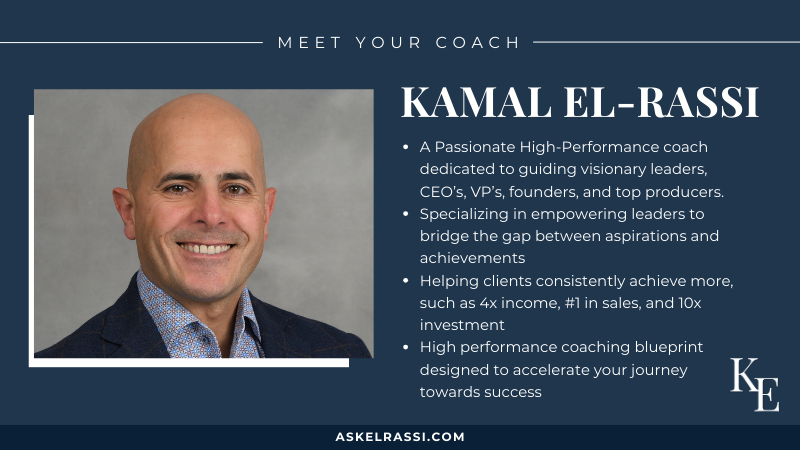
Life is made up of moments. Every moment matters. So, it makes sense that we make a point to be fully present in each moment.
We all hear about the importance of mindfulness. How do we stay mindful about what we’re thinking and doing and how we’re showing up in times like these? I invite you to make a decision to be fully present for yourself, your intimate partner, your kids, family, friends and beyond. Presence is one of the most powerful gifts you can give. Find some way today to find peace, centeredness and grounding to get present with yourself so you can share that gift with others in your life.
Ask yourself if you’ve been living your life with purpose and on purpose. Have you been living with intention? Living in the moment? Or, like so many, have you been racing through your life to some imaginary finish line? If you want your life to be a masterpiece, decide to wake up to each moment. In our busy ‘to do’ lives, we’re often not in the moment. If you’re thinking about the finish line – whether for a particular task, project, or even longer-term endgames – chances are you are not living in the moment. If your mindset is one of survival-mode, of just trying to ‘get through this’ or waiting for ‘it to be over’, then you are not fully living.
Now, more than ever, it’s key to quiet the inner chatter. We all have that little voice in our head that pokes at us. That voice can have a tendency to scream at us when it’s overloaded and inundated with unfiltered masses of information like we’re experiencing today, some of which is accurate, much of which is not. I encourage you to ruthlessly monitor your mental chatter.
Think of all your negative self-talk as ‘fake news’, because it is. Direct your mind where you want it to go and you’ll be infinitely more likely to get what you want in life. Observe that negative mental chatter as you would clouds passing by in the sky. You see them coming, and you let them pass with a stiff breeze and bring your mind back to focusing on what better serves you.
Come back to focus instead on the gorgeous gifts we’re seeing, on the acts of generosity and human compassion. Focus on one thing you can feel grateful for in this moment. And then another. Breathe them in. Let them settle in your heart and fill your head until there’s no room for negative chatter.
Remember that we’re inherently creative and resourceful as humans. When you let negative chatter flood your senses, it’s easy to forget that. Remember that the history of humanity is our beautiful ability to be resourceful and creative. Now is the time for the rise of that creative energy. Quiet your mental chatter by focusing on your creative.
In addition to being mindful about what you choose to think – what thoughts you allow and the meaning you attach to them – I also invite you to be mindful about what you choose to do. What are you doing in these times? Are you binging on Netflix? It’s okay if you do sometimes. We all fall off the wagon. We’re perfectly imperfect humans. Don’t beat yourself up about those binges. Just choose not to stay in that mode. Instead, focus on something you can do that would be more positive and productive.
What’s one thing you can do today to lower your fear and the collective fear? Consider that question. Then go do it. Do it and be fully present as you do. Be present for yourself. In each moment. In each activity. Being fully engaged helps quiet the negative mental chatter. Find ways in these times to do creative, new, fun things with those you care about. Be fully engaged in those moments. Whether it’s cooking together, or creative activities, games, or even cleaning house together … be totally present. Maybe you can brainstorm together about creative ways to lower the collective fear and come from a place of service. What a beautiful way to stay present and engaged together.
Just as you choose the thoughts you allow into your head, also choose the people you allow to influence you today … and always. If you have Negative Nellies in your life, try to be the light that shifts them out of that place, and if you can’t shift them, if they’re not ready or willing to be shifted to a more positive space, then you need to rethink having those people take up space in your life right now.
Mindfully choose how you think. Guard against your own inner chatter and the chatter of those in your life. Mindfully choose what you do. Choose to do good, to be of service, to be the light that shines in the darkness.









